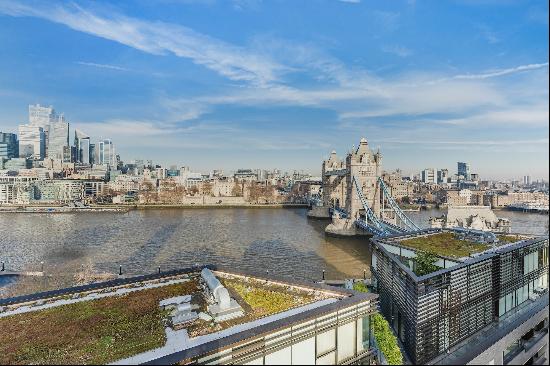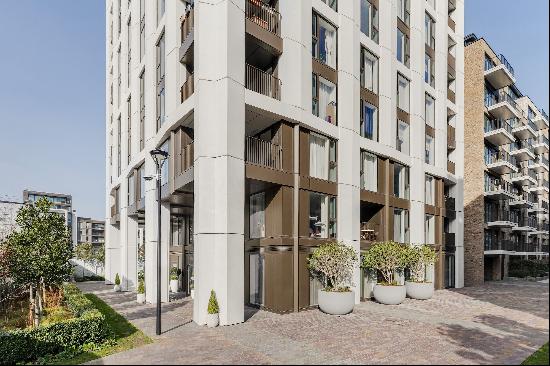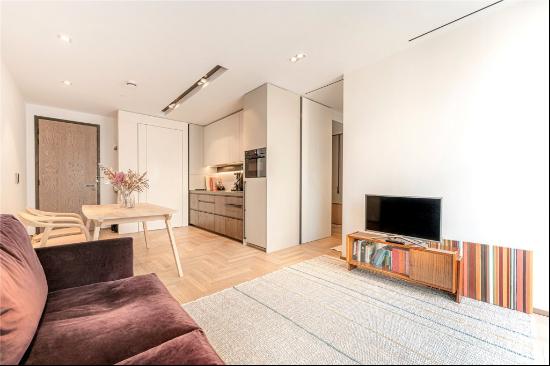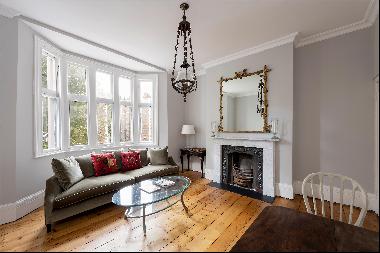
By Miriam Balanescu
“All over England there is a Renaissance of the decorative Arts,” declared Oscar Wilde in The Critic as Artist in 1891, adding, rather archly: “Even in the houses of the rich there is taste.” Interiors were a continuation of a property’s facade, riffing off external detailing such as stucco and ornamentation to ensure a seamless unity of interior and exterior.
The onset of eclecticism ruffled this relationship and fashions became more freewheeling and less rule-abiding. But recently there’s been a more marked move by property developers to become involved in and encourage collaborations between architects and interior designers.
One such project is The Whiteley, the former department store in Bayswater that’s being redeveloped by prime residential developer Finchatton alongside investment partners MARK and CC Land into 139 luxury apartments (main picture, top), and a Six Senses hotel. While the architecture is being led by Foster + Partners, eminent design studios have been enlisted to make the project sing.

Joyce Wang, Kelly Behun and Linda Boronkay are the first three creatives to put their names to the project, but the scheme’s Designer Collection of properties is expanding, with more bespoke homes in the pipeline. Working with the building’s high ceilings, light-mullioned windows and heritage features, each interior designer brings a different aesthetic, resulting in a one-of-a-kind apartment.
Boronkay, former design director of private members’ club Soho House, worked on a four-bedroom apartment for the site that combines classical influences with modern materials. For Boronkay it was a priority to incorporate the pre-existing Art Deco flourishes into her vision. “These projects are not just about creating beautiful spaces,” she says. “They are about crafting environments that resonate deeply with their surroundings and the people who inhabit them. At their core, they honour the original intention of interior design — to complement architecture — while ensuring that interior design does not take a secondary role.”
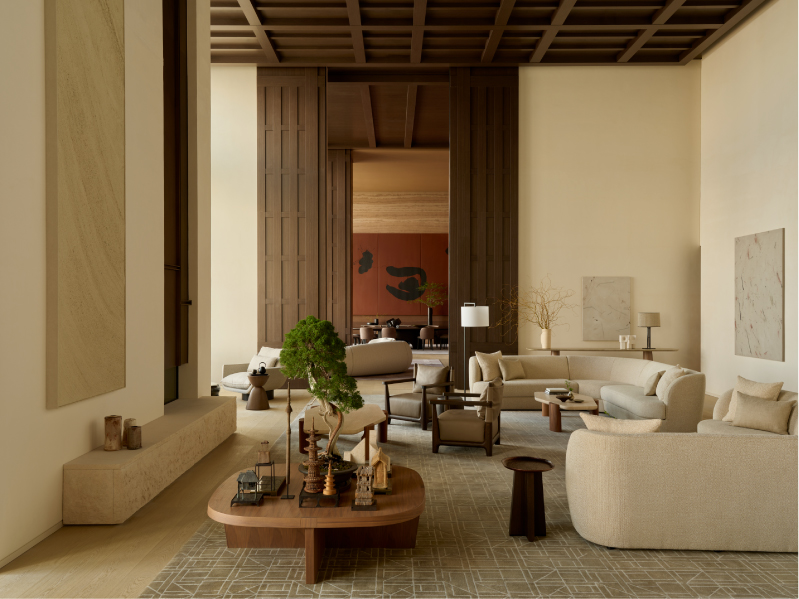
In Tokyo, meanwhile, Yabu Pushelberg’s Aman Residences are pushing boundaries between the natural and the man-made. The interiors, nestled within the Mori JP Tower (Japan’s tallest building), are scattered with reminders that inhabitants are merely a wall away from sky, land and sea, the boundary marked by textured artworks and vast windows. And in Manhattan, Tadao Ando’s 152 Elizabeth Street both mirrors the surrounding architecture while also offering a sanctuary within New York. Ando’s designs lean into cooler materials such as metals and glass for a dose of tranquillity.
Aside from the satisfying harmony between outdoors and indoors attained by such recent creations, one of the many attractions of these new dwellings is that they come fully furnished. In Marylebone, interior designer Sophie Paterson has crafted a top-floor penthouse that is palatial but retains a serene atmosphere. Behun, whose trademark style is playfully eclectic, has collaborated on a number of developments, including apartments at 1228 Madison Avenue and 111 West 57th Street, New York, each one as characterful and distinctive as a long lived-in home.

Boronkay highlights the role of design in forging connections between the redeveloped building, its new residents and the surrounding community. “Each piece [in The Whiteley] reflects the creative energy of the city and tells a story of modern craftsmanship grounded in local culture,” she says.
This subtle unity of external and internal would no doubt meet with the approval of Oscar Wilde who, in addition to his comments on the tastes of the rich, also observed that: “Ugliness has had its day.”
Photography: Ben Anders; Aman Residences Tokyo; Paul Raeside












